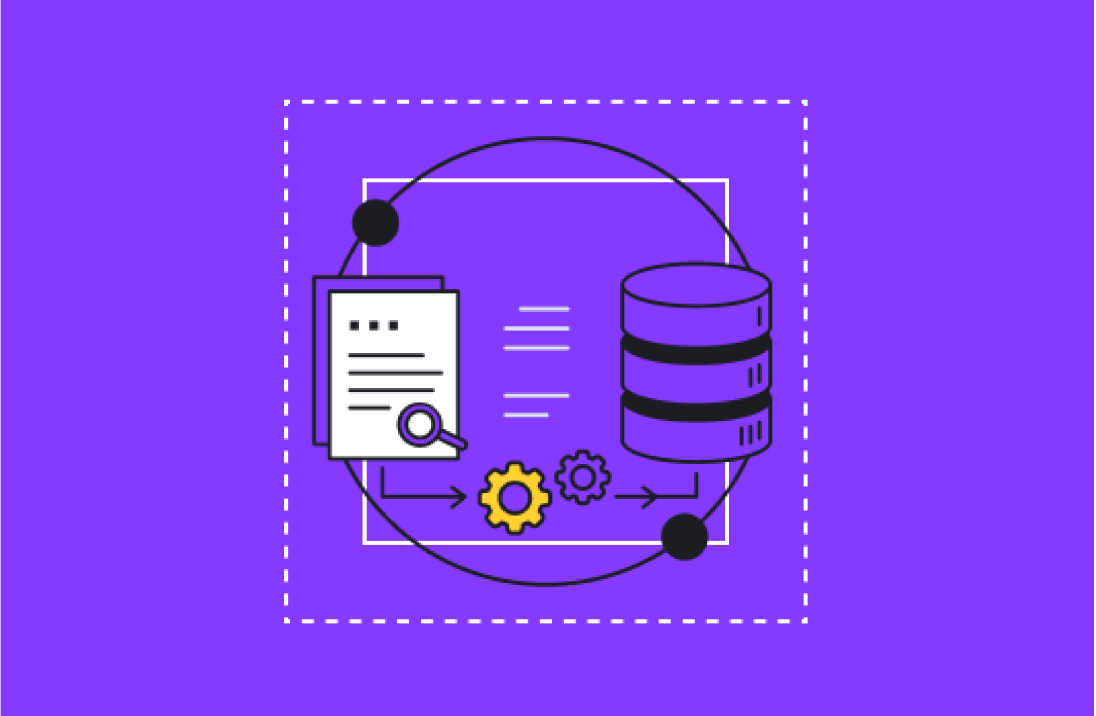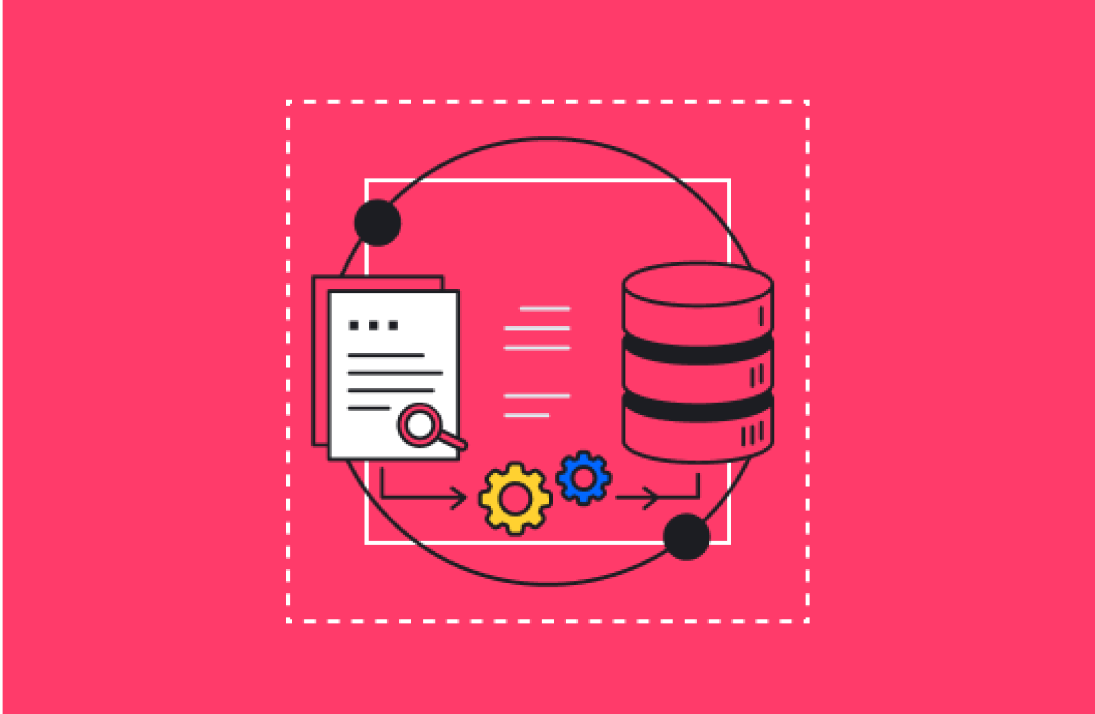Sales and marketing technologies are designed to make the fundamentals of the business easier, faster, and more effective. For example, marketing is all about identifying your customers and their needs, then delivering products, services, content, and information that serves them. Through a CRM, you can catalog information about thousands of contacts, enabling you to deliver the right products, services, and content to the right person at the right time.
Solutions like HubSpot are designed to be your digital base of operations, but even the most expansive software may not meet all your business needs. To fill in the gaps, you need to integrate other technologies, so they work together to deliver results.
Integrating technologies has become easier. The largest software providers, like HubSpot and Salesforce, have standards for integrations and allow other software providers to participate in their ecosystem.
But there are still some things you need to consider when integrating your sales, marketing, and service technology stack. If they aren’t integrated effectively, you could suffer from inefficiencies.
Here’s what to keep in mind:
1. Is It Workflow-Driven?
Effective integrations are usually workflow-driven. That means tasks and actions are triggered by logical sequences of events spanning multiple technologies.
This might sound straightforward, but it can prove challenging for some organizations depending on what technologies they’re using.
For example, it’s easy enough to build a standard workflow in HubSpot. Using HubSpot’s automation features, you can use “if/then” logic to create automated workflows that activate based on how contacts behave and more. A simple email workflow could enroll contacts in a drip campaign depending on whether they open an initial email, click on a link, or ignore an email.
But things become more complicated when you need your workflows to span multiple technologies. A workflow integration should be able to trigger actions from one technology to the next without manual intervention, or at least without the need to reformat data so that it is compatible.
For example, if a deal closes in HubSpot, you could use integrations to generate tasks in a separate project management tool like Asana. Similarly, you could integrate an SMS messaging tool to send messages to leads based on the logic of your workflows in your CRM.
2. Is It Data-Driven?
Data compatibility is another common challenge when integrating separate systems. Ideally, all your systems will draw data from a “single source of truth,” or they will at least synchronize instances of data through a logical data stream so that every system is up to date.
Without a data-driven integration, you could wind up with conflicting data in each of your systems. This can get in the way of your automated workflows, create confusion, or simply slow down your operations.
Ideally, two or more of your systems will be always synchronized. Before launching an integration, be sure that data can synchronize seamlessly across them and that data flows are reliable.
3. What Is the System of Origination?
One way to ensure your data is synchronized across your systems is to identify the system of origination.
For example, HubSpot originates a significant amount of data through its day-to-day use. It might log information about contacts and other custom objects based on the information those contacts submit via forms or by data that the system has gleaned from customer interactions. If you use HubSpot as your system of origination for all your other technology integrations, you can usually rest assured that they’ll stay synchronized with HubSpot as a “single source of truth.”
But most technology stacks aren’t that simplistic. Data might originate in other systems and then need to be synchronized with HubSpot and any other integrations attached to it. This can create conflicts, especially if data flows aren’t designed to synchronize effectively across the entire ecosystem.
4. In What Direction Is Data Synchronizing?
To resolve such conflicts, you need to determine in what direction your data is synchronizing. Some system integrations rely on data to synchronize in one direction so that data can be reconciled across the entire ecosystem.
In the HubSpot example above, even data that doesn’t originate in HubSpot can be logged in HubSpot through the right integrations. When it comes time to synchronize, HubSpot then serves as the starting point for the entire synchronization process, so every other system will reconcile its information based on what’s in the HubSpot database.
You can even set up one-directional synchronization through multiple technologies and applications so that each application synchronizes its data based on the data that’s present in the system linked upstream.
Still, many businesses require two-way synchronization to ensure they don’t lose data that has originated in separate systems. With this type of synchronization, an overarching system like HubSpot might fill in gaps in its data based on what has originated in another system, all while providing that other system with data that originated in HubSpot.
In this way, complete datasets can come together like a jigsaw puzzle across the ecosystem. It can then be logged in a central database to ensure it stays accurate across platforms.
5. How Often Does Data Synchronize?
It’s also important to recognize how often data synchronizes across your technology stack.
Most organizations generate large quantities of data and should synchronize their data at least once each day to ensure it is accurate across systems. But ideally, data should synchronize across systems in real-time or at multiple intervals throughout the day.
Ensure your systems are synchronizing data at the same frequency to avoid any conflicts.
6. Do You Need Any Workarounds?
Finally, you should determine if you need any workarounds to keep your technology integrations synchronized and functioning properly. In some cases, you may need to manually import or export data to ensure your tools work, at least when you first integrate a new application.
For example, when you first turn HubSpot on, you may need to import data from a system you used previously so that you don’t lose any of your information. Although manual processes like these can sometimes be cumbersome, they are usually only temporary. Once the data is imported, it can be synchronized automatically across systems if those systems are integrated properly.
In some cases, you may need to use a technology that doesn’t integrate with your other technologies. These may require manual processes to keep functioning. Try setting up automated alerts or create task-based workflows to ensure those systems receive the information they need.
Integrate Your Technologies with A8
Sales, marketing, and customer service technology integrations have matured significantly in the past few years, and most companies rely on partnerships with others to ensure their systems work side-by-side. Nonetheless, integrating technologies is often a technical challenge that is best left to experts.
If you’re interested in implementing new technologies but are worried about how they’ll integrate, Aptitude 8 can help. Contact us today to find out how.






